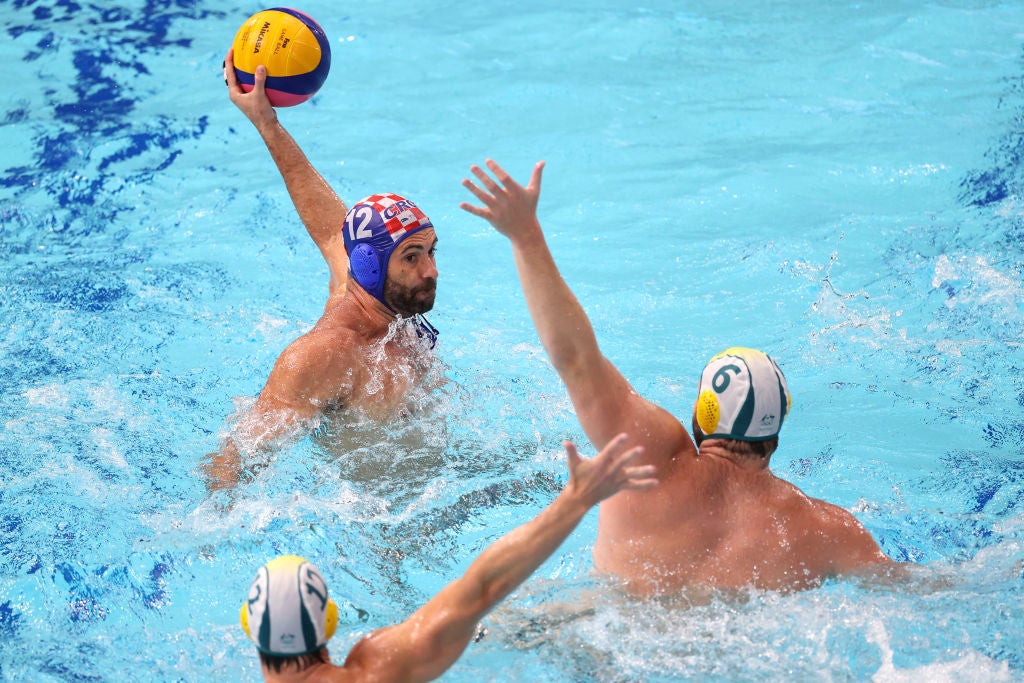Tokyo Olympics: Why do water polo players wear unusual swimming caps?
Clever design of the cap helps to avoid ear ruptures

Your support helps us to tell the story
From reproductive rights to climate change to Big Tech, The Independent is on the ground when the story is developing. Whether it's investigating the financials of Elon Musk's pro-Trump PAC or producing our latest documentary, 'The A Word', which shines a light on the American women fighting for reproductive rights, we know how important it is to parse out the facts from the messaging.
At such a critical moment in US history, we need reporters on the ground. Your donation allows us to keep sending journalists to speak to both sides of the story.
The Independent is trusted by Americans across the entire political spectrum. And unlike many other quality news outlets, we choose not to lock Americans out of our reporting and analysis with paywalls. We believe quality journalism should be available to everyone, paid for by those who can afford it.
Your support makes all the difference.Everyone knows that swimmers wear plastic caps to protect their hair and reduce drag, but what’s the point of a non-water resistant water polo bonnet, with little holes in it?
Well, just like rugby players, water polo players need to protect their ears. There may not be quite as much contact in the aqua sport as there is in rugby, but collisions are still common, as are balls to the ear.
“Water polo balls are plastic and weigh 400-450 grams – it’s not the heaviest ball, but it can hurt if it hits you,” head coach of Barnet Water Polo Club, Aram Eidipour, told The Independent.
Eardrums are sensitive and the clever cap design helps to avoid ruptures. Eardrums can only heal when dry, and may take weeks to repair themselves – not ideal for Olympic athletes who train in the water.
According to Mr Eidipour, all reputable clubs will get their players to wear water polo caps for health and safety reasons.
The colander-style plastic ear coverings have small holes in them, their design helps to reduce the amount of water entering the ear cavity, while allowing players to hear each other during a game.
The fabric parts of the hat offer a thick layer of protection, but also serve a more important purpose: “The hats help to identify your teammates, because the only part of the body out of the water is the head,” said Mr Eidipour.
“They have a number on the side, and can also have the name of the country on the front and the name of the player on the back.”
Like swimmers, some water polo players also choose to wear a cap under their fabric hats to protect their hair. Water polo caps come in three colours, red for a goalie, and blue or white for each team.
Join our commenting forum
Join thought-provoking conversations, follow other Independent readers and see their replies
Comments